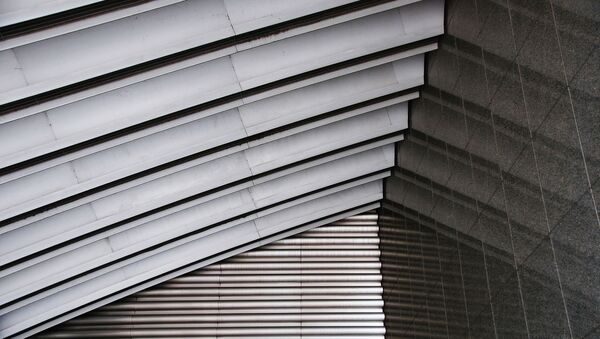The findings were published in Engineering Structures Magazine.
Creating the most durable and lightweight ceilings has always been one of the goals that architecture has strived to perfect. When designing such ceilings, the fundamental task is to reduce the instance of structural sections which experience multidirectional deformations such as bending, tension, and shearing. Vaults which reduce bending are considered the most reliable.
Such constructions, known as momentless shells, were known to earlier architects, but the complexity of the necessary calculations to execute the forms, limited their widespread use. The famous Spanish architect Antonio Gaudi, while experimenting with new forms, made hanging models using strings and sandbags.
Modern technologies allow us to take a new step in this direction. Scientists from SFU and the University of Granada have created software that opens up several new opportunities in momentless shell construction.
“The development is unique because it makes it possible to incorporate stretched elements (cables) into the shell, which expands the range of engineering capabilities – both economically and aesthetically,” Anastasia Moskalyova, co-author of the study, assistant to the department of architectural design at the Institute of Architecture and Design at SFU.
Modern architecture – deconstructivism, bionics, parametric architecture – use curvilinear forms. However, most often, architects create forms relying only on their imaginations, without considering the economy of and practical work with the material.
According to SFU experts, the software allows you to calculate shell shapes that will ensure their durability and economy. Calculations are based on the characteristics of the materials used, the weight of the structure and the location of the support points.
“Thin-walled reinforced concrete; Catalan vaults of brick and cement; mesh shells made of wood or metal – all these work perfectly with compression. You incorporate cable-stayed structures capable of maximum tension into them, and this creates a fresh trend in architecture and construction,” Anastasia Moskalyova said.
The research team has developed two catalogues of spatial shells, including domes and ceilings designed for public buildings, small architectural structures arbours, park pavilions, stadiums and airport terminals.
The next step will be the creation of a physical model of the bionic dome, testing the features of the new design and selecting the optimal materials that will preserve and develop its advantages.



